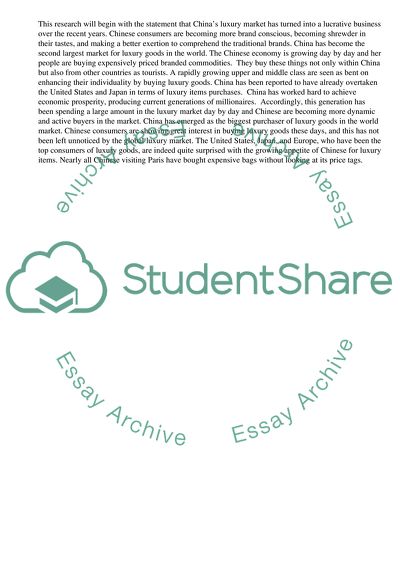Cite this document
(“What drives Chinese into Buying Luxury Goods in the 21 century Essay”, n.d.)
Retrieved from https://studentshare.org/management/1615368-what-drives-chinese-into-buying-luxury-goods-in-the-21-century
Retrieved from https://studentshare.org/management/1615368-what-drives-chinese-into-buying-luxury-goods-in-the-21-century
(What Drives Chinese into Buying Luxury Goods in the 21 Century Essay)
https://studentshare.org/management/1615368-what-drives-chinese-into-buying-luxury-goods-in-the-21-century.
https://studentshare.org/management/1615368-what-drives-chinese-into-buying-luxury-goods-in-the-21-century.
“What Drives Chinese into Buying Luxury Goods in the 21 Century Essay”, n.d. https://studentshare.org/management/1615368-what-drives-chinese-into-buying-luxury-goods-in-the-21-century.


